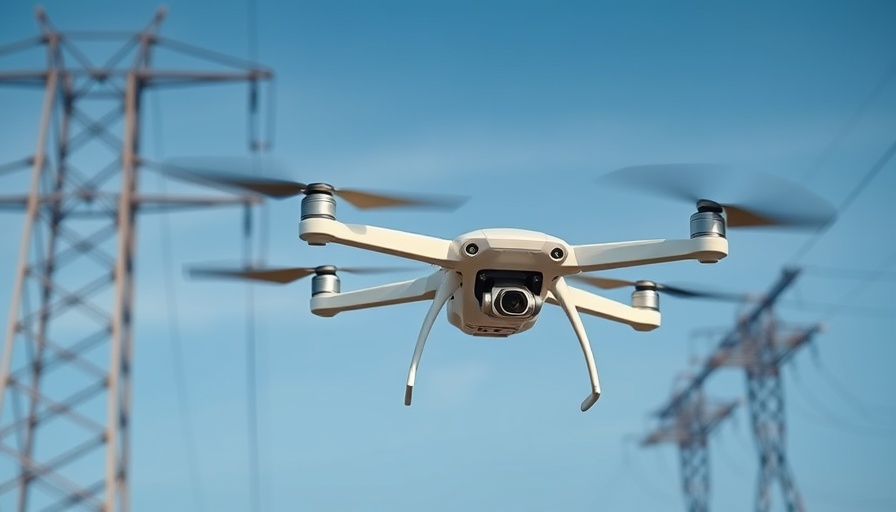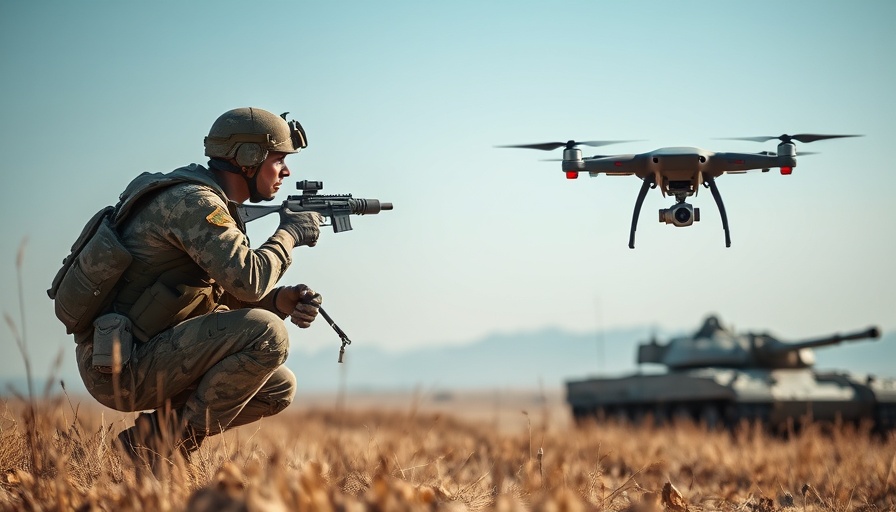
Understanding the Recent BVLOS Summit and Its Implications
The recent BVLOS (Beyond Visual Line of Sight) Stakeholder Summit hosted by the Commercial Drone Alliance in Washington, DC, shone a spotlight on the evolving landscape of drone regulations. As the FAA moves forward with its Notice of Proposed Rulemaking (NPRM) for Part 108, industry stakeholders, including drone manufacturers and public safety representatives, gathered to discuss crucial issues and insights that could shape future operational frameworks.
Addressing Challenges and Flexibility in Rulemaking
Central to the discussions was a notable concern regarding the potential disconnect between existing regulatory waivers and the new requirements set forth in the NPRM. Currently, waivers allow for advanced drone operations, frequently granted by the FAA with impressive turnaround times. Participants voiced apprehensions that the introduction of more stringent certification processes might limit the operational flexibility that waivers currently provide. As drone technologies advance, particularly automated systems like “drone-in-a-box” solutions, it is critical that the regulatory framework fosters innovation rather than stifles it.
Shifts in Certification Responsibilities
Another significant theme was the move from individual pilot certification to organizational oversight. This evolution places operational accountability within the company as a whole, promoting scalable safety practices, especially for organizations that have robust safety systems in place. The NPRM’s provisions allowing customized training programs for organizations reflect an understanding of the varying scopes and scales of drone operations, crucial for aligning regulatory expectations with real-world applications.
The Importance of Shielded Operations
Discussions on shielded operations highlighted contrasting viewpoints about altitude restrictions in relation to infrastructure. Current waivers allow drone operations at elevated altitudes, which have proven safe during inspections. However, the NPRM’s proposal for stricter definitions raises concerns among industry experts who argue that such a shift may not accurately reflect successful practices currently in use.
Navigating Technological Challenges Ahead
Questions surrounding right-of-way rules and the integration of technologies like ADS-B In opened the floor to critical dialogues on safety versus practicality. While ADS-B has beneficial applications, concerns linger about how drones will interact with non-cooperative air traffic that lacks such technology. Industry experts pointed to ongoing technological challenges in detecting these aircraft, indicating a need for continued innovation in safety solutions.
Evaluating Security Measures and Population Density
Participants shared mixed feelings regarding the NPRM’s proposed security requirements. They questioned the effectiveness of suggested TSA screening for personnel involved in drone operations, particularly since many employees already undergo thorough vetting through other avenues. This duplication could add unnecessary hurdles to the operational process. Further, population density rules have emerged as a key area for consideration, emphasizing the need for regulations that ensure both safety and operational effectiveness in drone applications.
A Call for Broader Engagement and Innovation
The discourse at the BVLOS Summit emphasizes the importance of a collaborative approach moving forward. As stakeholders continue to engage with regulatory bodies, it is crucial that the voices from all corners of the industry are heard to craft an effective and flexible operational landscape. This ensures that drone technology can thrive while maintaining safety standards that protect both operators and the public.
The drone industry is on the cusp of significant transformation, and understanding these nuances in regulatory developments is vital for anyone involved in or interested in the field. Keeping abreast of regulatory changes will empower industry professionals, tech enthusiasts, and drone hobbyists alike to navigate this rapidly evolving sector effectively.
 Add Row
Add Row  Add
Add 




Write A Comment